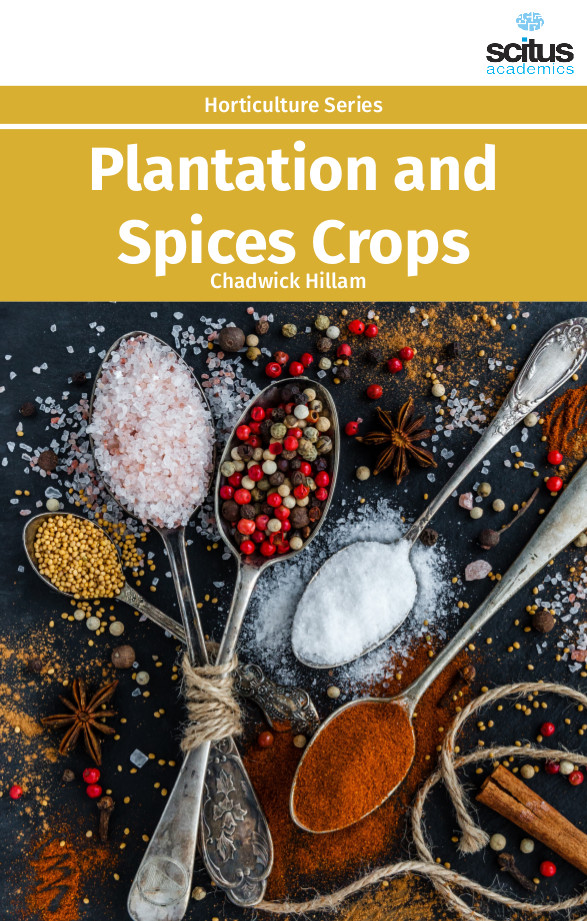A plantation is a large-scale farm that specializes in cash crops and cultivated on an extensive scale in a large contiguous area, owned and managed by an Individual or a company. The crops include tea, coffee, rubber, cocoa, coconut, arecanut, oil palm, palmyrah, cashew, cinchona etc. These plantation crops are high value commercial crops of greater economic importance and play a vital role in a nation economy. Probably the single most important factor a plantation has on the local environment is the site where the plantation is established. If natural forest is cleared for a planted forest then a reduction in biodiversity and loss of habitat will likely result. In some cases, their establishment may involve draining wetlands to replace mixed hardwoods that formerly predominated with pine species. If a plantation is established on abandoned agricultural land, or highly degraded land, it can result in an increase in both habitat and biodiversity. A planted forest can be profitably established on lands that will not support agriculture or suffer from lack of natural regeneration. However, the prospects of spice crop production are bright because of its high market demand. The most common type of spice crops grown are onion, garlic, ginger, black pepper, hot pepper, celery, shallots, leek, bay leaf, and tanglad. Among these crops however, only onion, garlic, ginger, black pepper, and hot pepper are grown commercially because of their high market demand and usefulness. Spices are primarily used as food seasoning. In addition to their culinary uses, spices are also utilized as flavoring agent in beverages, active ingredient in syrubic medicines, coloring agent of textiles, and an important constituent in cosmetic and perfume products.
This Book ‘Plantation and Spices Crops’ presents an overview of the importance of plantation crops and spice plants, as well as the current status of the cultivation of these crops. It covers plant production aspects, such as climate and water requirements, planting, fertilizers, irrigation, weeding and hoeing, and harvesting, processing, and pest and disease management. This book is intended for advanced graduate students and practitioners of agriculture and horticulture, and those who are involved in the production and promotion of plantation crops, spice plants, and essential oil and medicinal plants.













